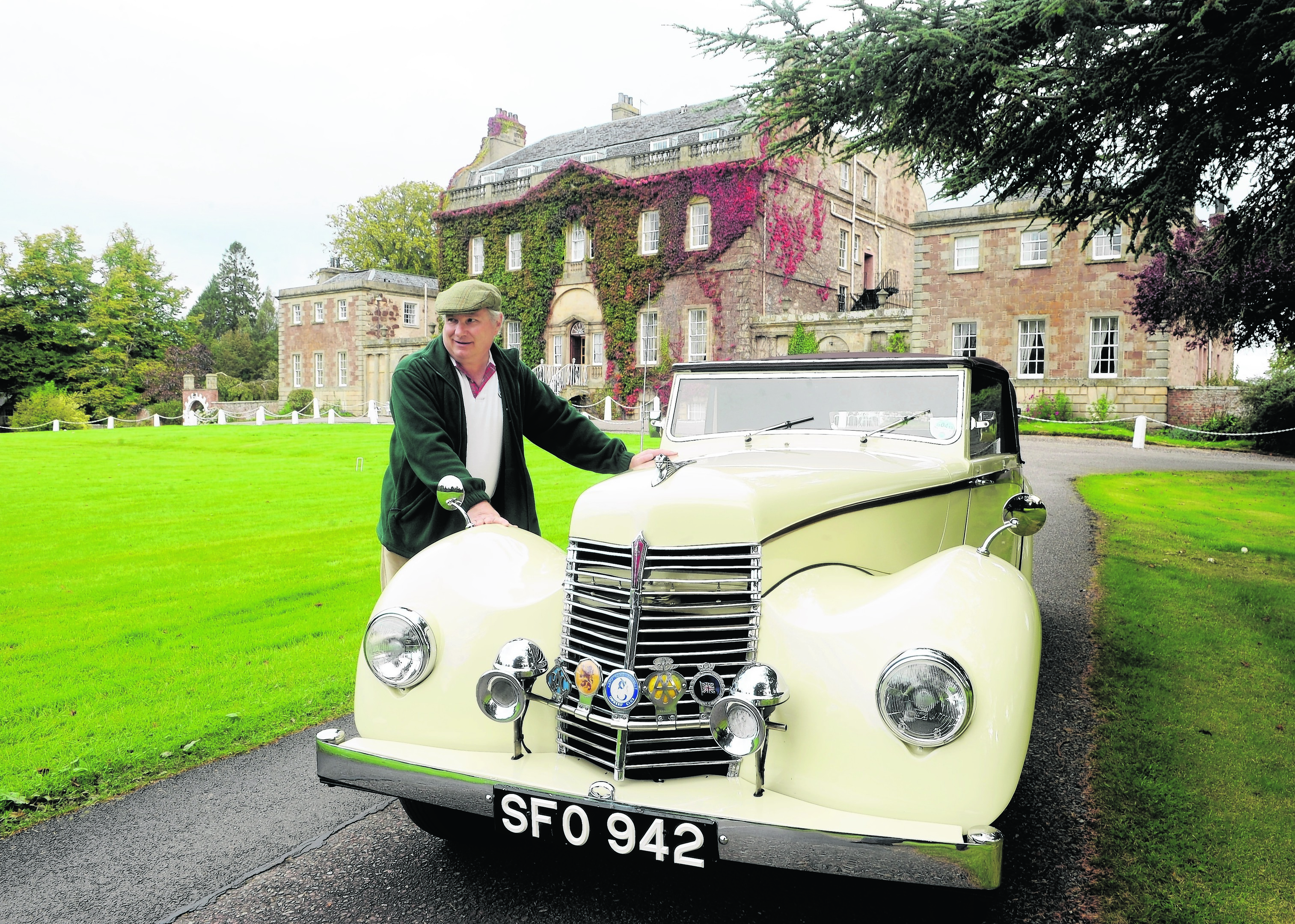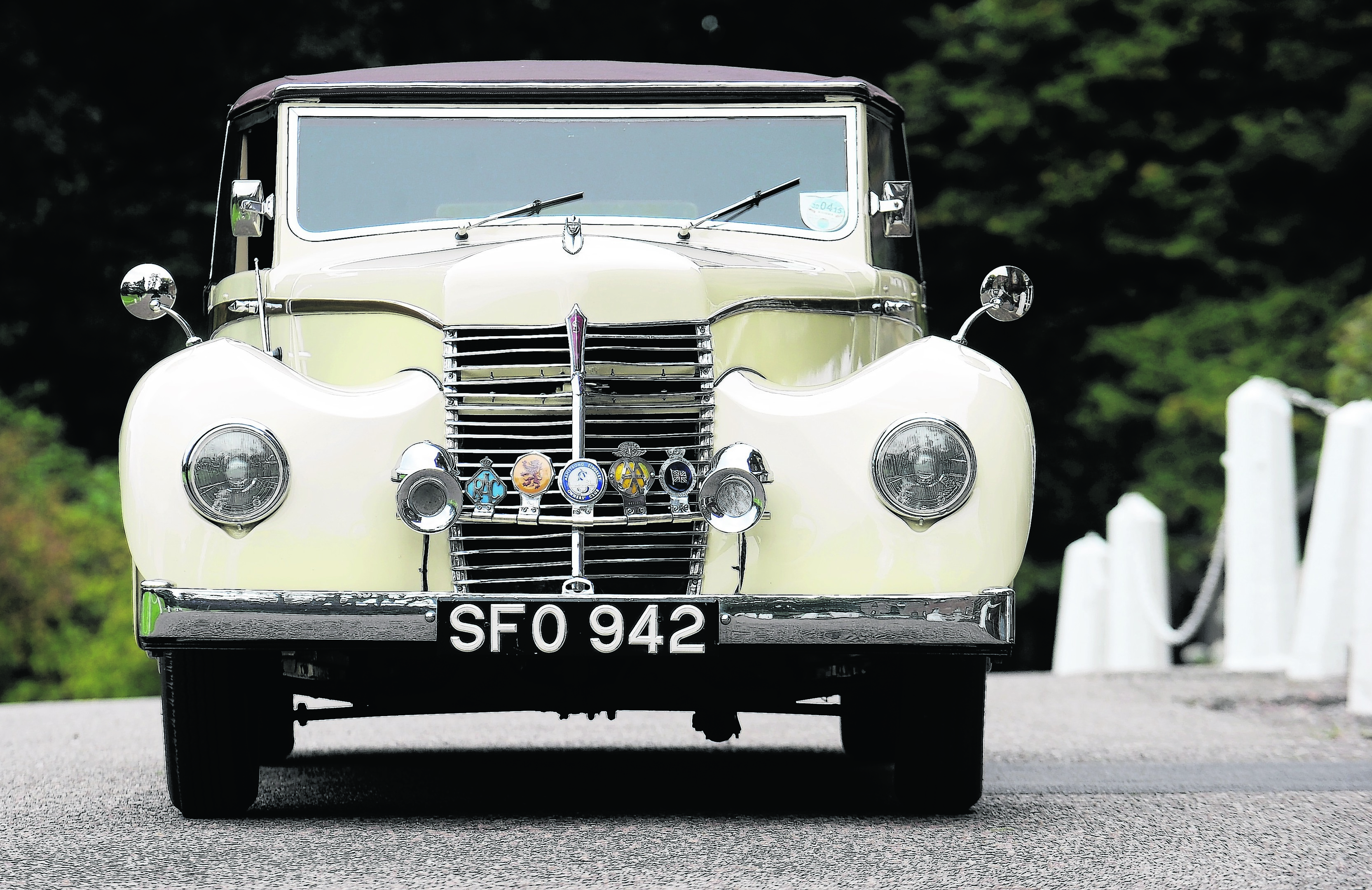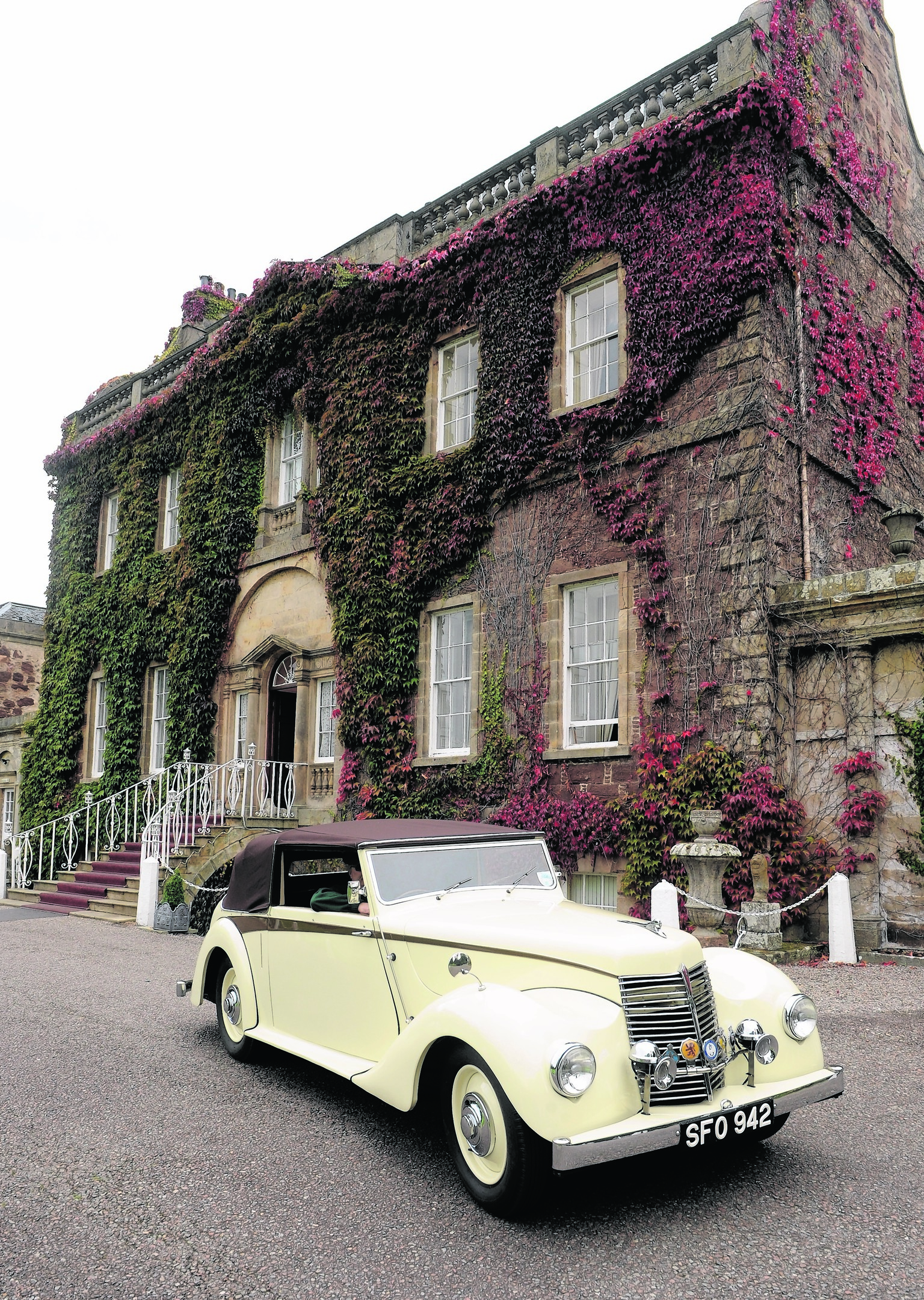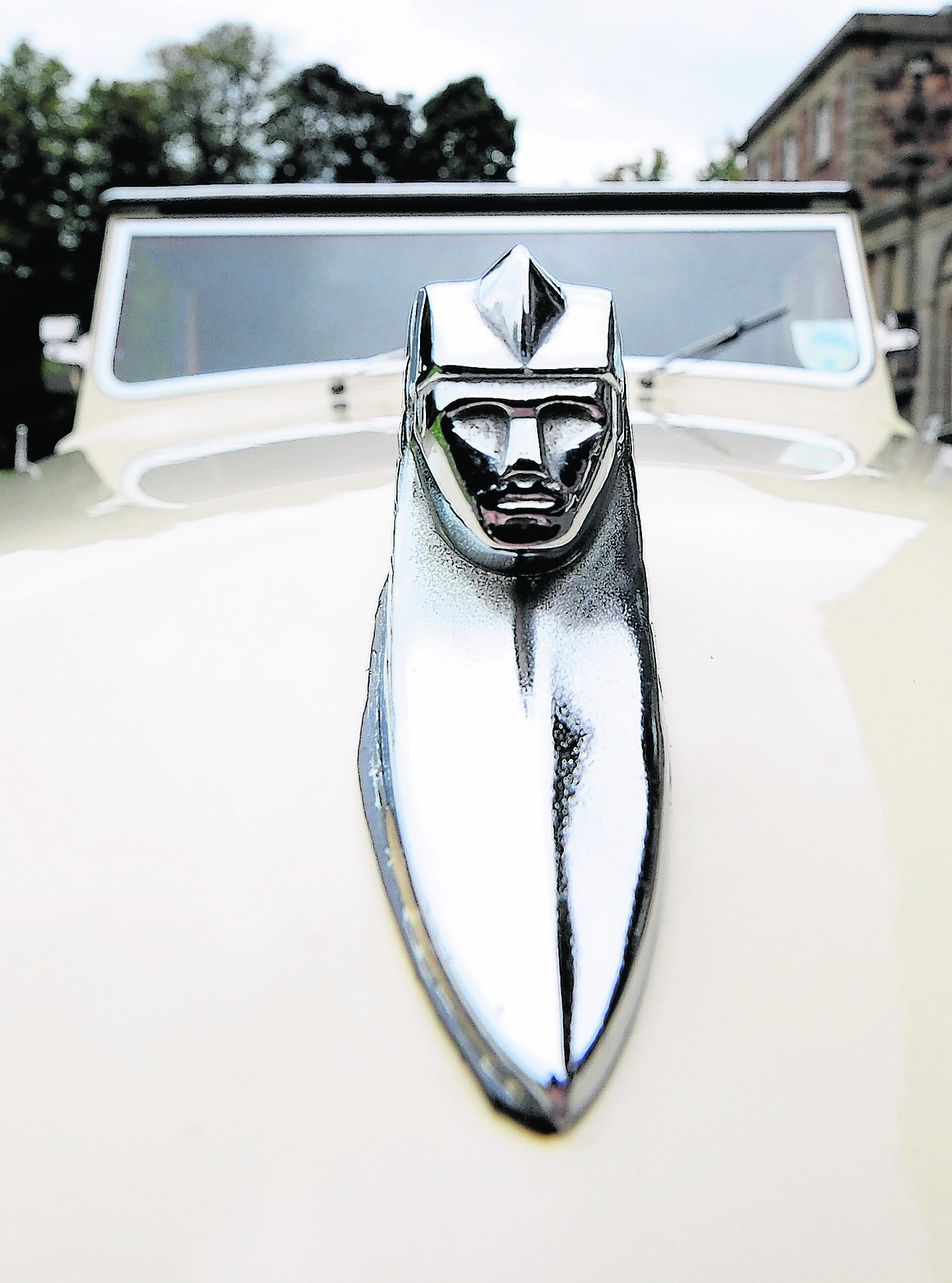Richard Gibson tells Cheryl Livingstone why he decided to take an unknown path back into the classic car scene.
You would be forgiven for not having a clue what this
car is. With only three of them believed to be in the north of Scotland at the moment, it’s not a marque that you see that often on the road. And even if you did see it, it wouldn’t matter because it doesn’t tell you what it is on the body.
Even its current owner – Richard Gibson, 61, of Culloden, Inverness – didn’t have a Scooby about it when he first came across it online.
This 1947 Armstrong Siddeley Hurricane drop-head coupe marked a return of sorts for Richard to the classic car scene having left it a few years previous due to work commitments. While living and working in South Africa, he owned a number of classic cars including a 1960 3.8 MK2 Jaguar, 1957 Triumph TR3, 1974 Triumph Spitfire MK3 and a Triumph Herald convertible.
When he returned to the UK and started contract work, he didn’t have the time for the cars and the hobby took a back seat for a while. But when he decided to cut down on the amount he was working four years ago, Richard went on the hunt for his next set of wheels.
He said: “I was looking for a post war convertible and in a price range of less than £15,000. I’d had classics that were from the fifties and sixties so I was looking for something a bit older but didn’t want to go pre-war.
“I kind of made a list of cars I was going to look out for but the obvious ones like the MG T series were way out of my price range so it came down to a choice between a Daimler convertible or an Armstrong Siddley convertible. I had absolutely no idea about these Armstrong cars so when I found it I thought that looked quite nice and then I contacted an owners club to get some information about it.
“I just felt that the Armstrong looked better than the Daimler. It’s got more style to it. The actual mechanical side of it, they are all fairly similar. Both have the same sort of running gear, engine size and such like. So mechanically there wasn’t an awful lot to choose between them. Somebody told me once the Daimlers would tend to be bought by retired clergy and the Armstrongs would tend to be bought by retired Army officers, because they were a bit more rakish.”
Richard bought the car through the owners club from the widow of a man who had once used the car to take part in the Whisky Rallies across Scotland. This interesting fact was just one of many that Richard uncovered while looking through the papers for the car. He discovered that it was originally sold in 1947 and was actually blue at that time. There is no information until the 70s when it went to America and turned up in rather unusual circumstances.
“It took part in the Tutankhamen exhibition in New Orleans,” Richard explained.
“The mascot for Armstrong Siddley is a Sphynx so it’s on the badge and its the bonnet mascot so that was the connection with Egypt. Then apparently it wandered about the states and was found in Texas being used as a school run vehicle. By then it had acquired a silver flash down the side. The guy who found it re-imported it back to the UK and then he re-sprayed it to its current colour of cream and gave it a full restoration.”
Nowadays the vehicle is a regular at car rallies and shows in the north of Scotland – and has been featured in the pages of Your Car on several occasions – and has had some work done to it, the biggest job being a complete re-spray. Despite its regular outings, it still manages to keep people guessing about its identity.
Richard added: “Very few people know what is it. They are quite rare in the north of Scotland. The Hurricane, its fairly rare and a lot of people have to ask. It doesn’t tell you on the car either. It just says AS on the back, it doesn’t tell you what it stands for. It still causes a bit of a stir.”
My first car…
1960 MK2 Ford Consul deluxe
My dream car…
1930s 3L Speed Six Bentley



